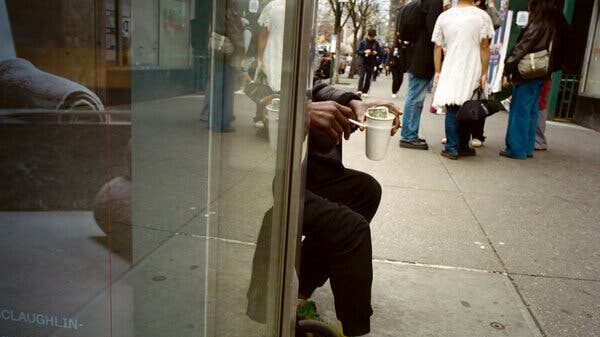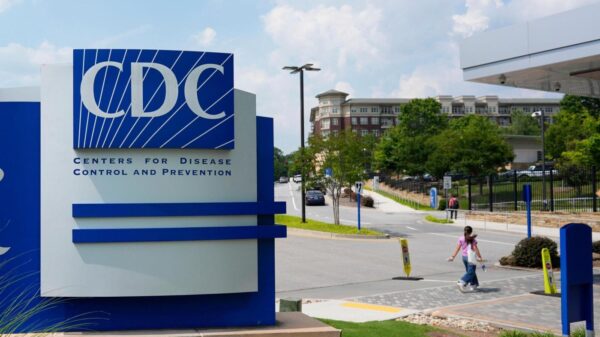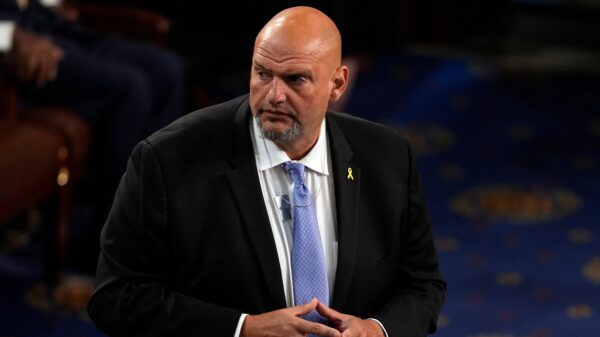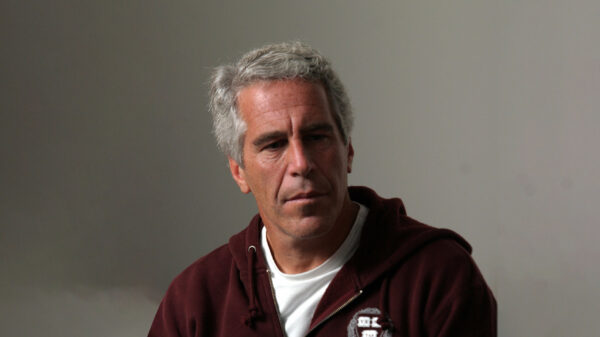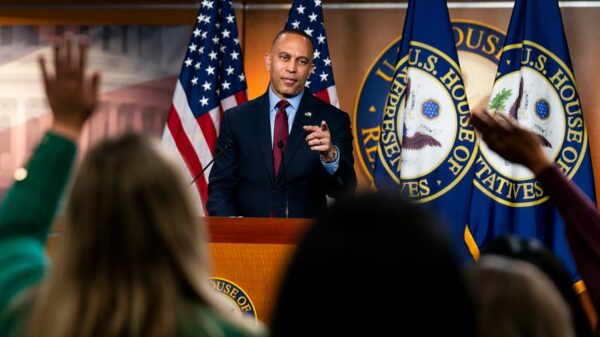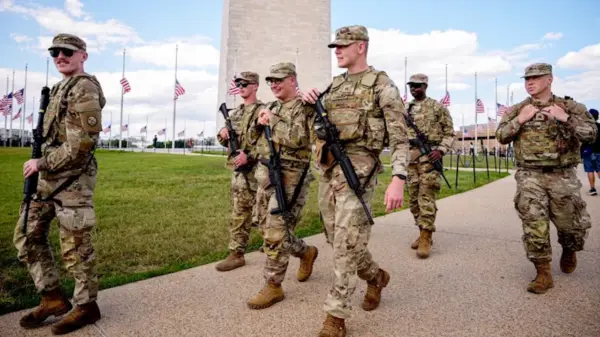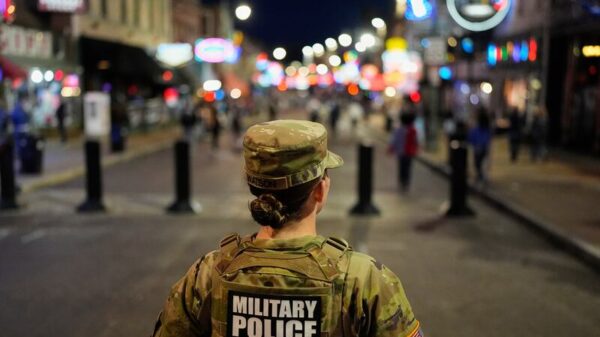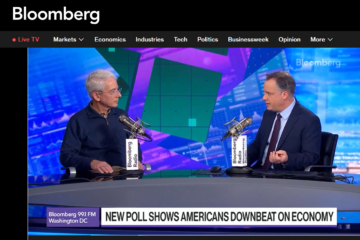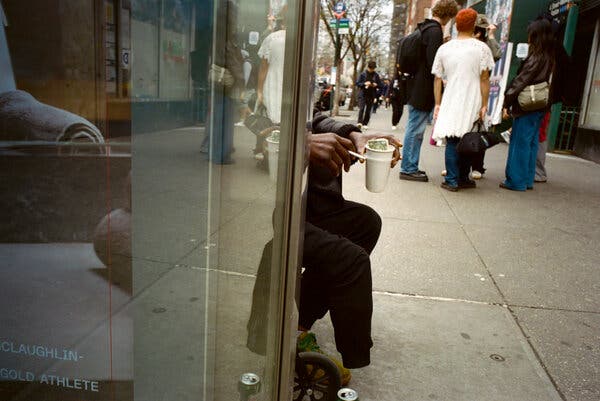URGENT UPDATE: As cashless transactions soar in New York, vulnerable communities are feeling the heat. With the rise of tap-to-pay systems and digital wallets, many affluent residents are leaving cash behind, making daily commerce easier for some but leaving others struggling to survive.
A recent Pew Research Center survey reveals that 60 percent of adults earning at least $100,000 a year report making no cash purchases in a typical week. In stark contrast, only 24 percent of those with incomes below $30,000 can say the same. This growing divide is placing significant pressure on those who depend on cash, including street performers, food vendors, and individuals facing homelessness.
One such individual is Rob Brender, a 55-year-old man with disabilities who has been panhandling in New York for nearly a decade. Brender typically positions himself near busy stores, hoping for a steady flow of foot traffic. “I can’t deal with rejection,” he shares, opting for a passive approach by simply sitting with a cup for change and listening to his favorite station, 104.3.
However, the cash flow has recently dwindled. Despite the bustling crowds, Brender’s cup remains largely empty. In an attempt to adapt to the changing landscape, a friend made him a sign with a Venmo username, but he admits he doesn’t even know how to access his account, highlighting the technology gap that persists among those in lower-income brackets.
As New Yorkers increasingly embrace digital payments, the urgency for inclusive solutions grows. The city is witnessing a transformation in how commerce occurs, yet for many, the reliance on cash remains a lifeline. The growing cashless trend poses questions about accessibility and equity in urban environments.
Authorities and community advocates are now calling for action to protect those who are most affected by this shift. They emphasize the need for a balanced approach that considers both the benefits of modernization and the realities faced by marginalized groups.
What’s next? As New York continues to evolve into a cashless society, the spotlight will remain on how local leaders respond to these pressing issues. Will they implement support systems to assist those left behind? The conversation around cashless payments is far from over, and it is critical to keep the human impact at the forefront of this discussion.
Stay tuned as we follow this developing story and its implications for New Yorkers and beyond.



